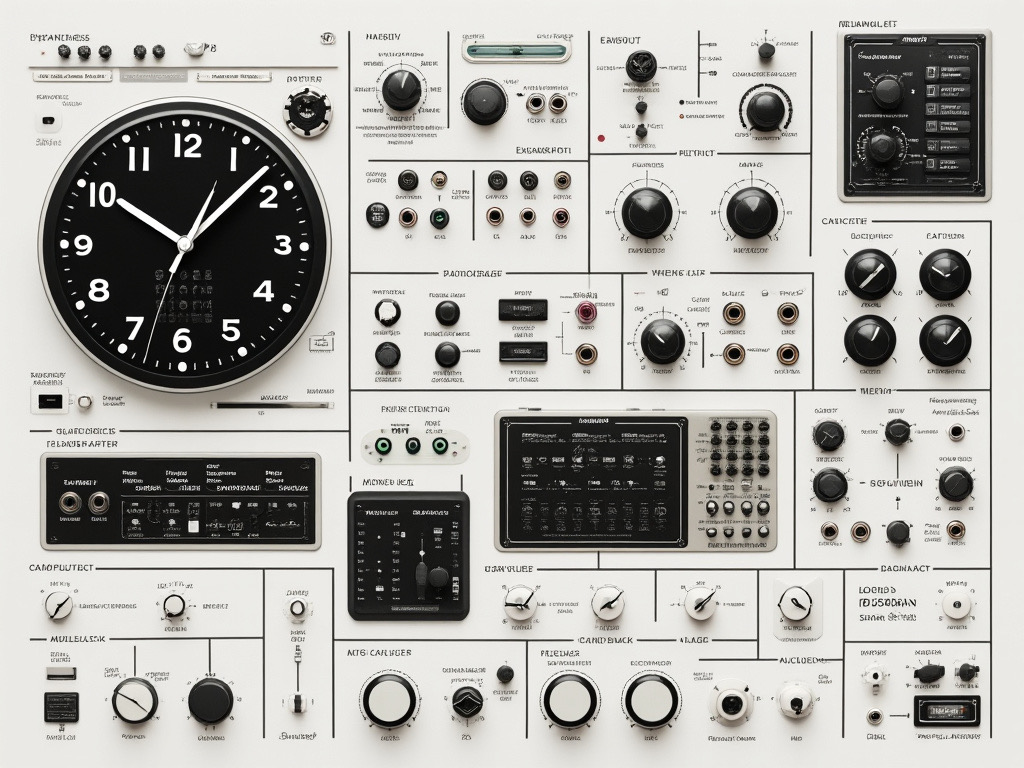
The 5S system is a foundational tool for organizing a workspace, enhancing productivity, and ensuring a clean and efficient environment. Originating from Japanese manufacturing principles, 5S stands for five key concepts that can revolutionize how workspaces are managed, ultimately leading to greater efficiency and reduced waste. In this article, we will explore each of the five components—Seiri, Seiton, Seiso, Seiketsu, and Shitsuke—and understand how implementing them can benefit both individuals and organizations.
Seiri (Sort): Clear Out the Unnecessary
The first step of the 5S system, Seiri, involves sorting through the workspace and removing unnecessary items. Only items that are essential to current operations should remain. By eliminating clutter, the workspace becomes more focused, and productivity improves. To execute Seiri effectively, regularly evaluate whether tools, equipment, or materials are still needed. If they serve no immediate purpose, consider disposing of them or placing them in storage.
Benefits of Seiri:
- Reduces distractions.
- Increases available workspace.
- Ensures only valuable items are readily accessible.
Seiton (Set in Order): Arrange for Maximum Efficiency
Seiton is about organizing the workspace so that tools and materials are easy to find and return after use. The goal is to minimize the time spent searching for items. This means clearly labeling storage areas, assigning specific locations to every tool, and making sure everything is easily reachable. Organizing items based on frequency of use can further optimize efficiency.
Best Practices for Seiton:
- Store frequently used items within easy reach.
- Label storage areas for quick identification.
- Arrange tools and supplies systematically to facilitate workflow.
Seiso (Shine): Cleanliness for a Safer Workspace
Seiso involves keeping the workspace clean and well-maintained. Regular cleaning is not only about hygiene but also helps in identifying potential problems early, such as wear and tear on equipment. A clean workspace promotes safety and boosts morale, leading to a more positive working atmosphere.
Key Steps for Seiso:
- Schedule regular cleaning tasks.
- Involve all team members in maintaining cleanliness.
- Inspect and maintain equipment during cleaning to identify any issues.
Seiketsu (Standardize): Create Consistent Processes
Once the workspace is sorted, organized, and cleaned, Seiketsu ensures these practices are standardized across the organization. Establishing clear standards and procedures helps maintain the progress achieved in the first three steps. Visual reminders such as charts or signs can help everyone adhere to established practices, ensuring a consistent and organized environment.
How to Implement Seiketsu:
- Develop standard operating procedures (SOPs) for cleaning and organizing.
- Use visual aids to indicate where tools should be stored.
- Regularly review and update standards as processes evolve.
Shitsuke (Sustain): Integrate into the Culture
The final step, Shitsuke, emphasizes the importance of sustaining the 5S practices through discipline and continuous improvement. It is about making the 5S principles a habitual part of the workplace culture. Regular audits and training help ensure that these practices are not only maintained but improved upon over time.
Strategies to Sustain 5S:
- Conduct periodic reviews to monitor compliance.
- Encourage feedback and involve the team in improving the system.
- Recognize and reward adherence to 5S standards.
Benefits of Implementing 5S in the Workplace
The 5S system offers several key benefits, including increased efficiency, reduced waste, improved safety, and higher employee morale. By systematically sorting, organizing, cleaning, and standardizing the workspace, teams can work more effectively and focus on value-adding activities rather than dealing with unnecessary clutter or searching for misplaced items. A well-implemented 5S system also lays the groundwork for more advanced process improvement methodologies such as Lean and Six Sigma.
Wrapping Up
Implementing the 5S system—Seiri, Seiton, Seiso, Seiketsu, and Shitsuke—is a proven method for creating a more organized and efficient workspace. By following these steps, individuals and teams can significantly enhance productivity, safety, and overall quality. Consistently applying 5S practices leads to long-term benefits, ultimately creating a more efficient, effective, and satisfying work environment.
Whether you are in manufacturing, an office setting, or even working from home, the principles of 5S can be adapted to suit any type of workspace. By starting with simple changes, such as sorting and organizing, and gradually building on those foundations, 5S can transform how you work, saving time and reducing stress.